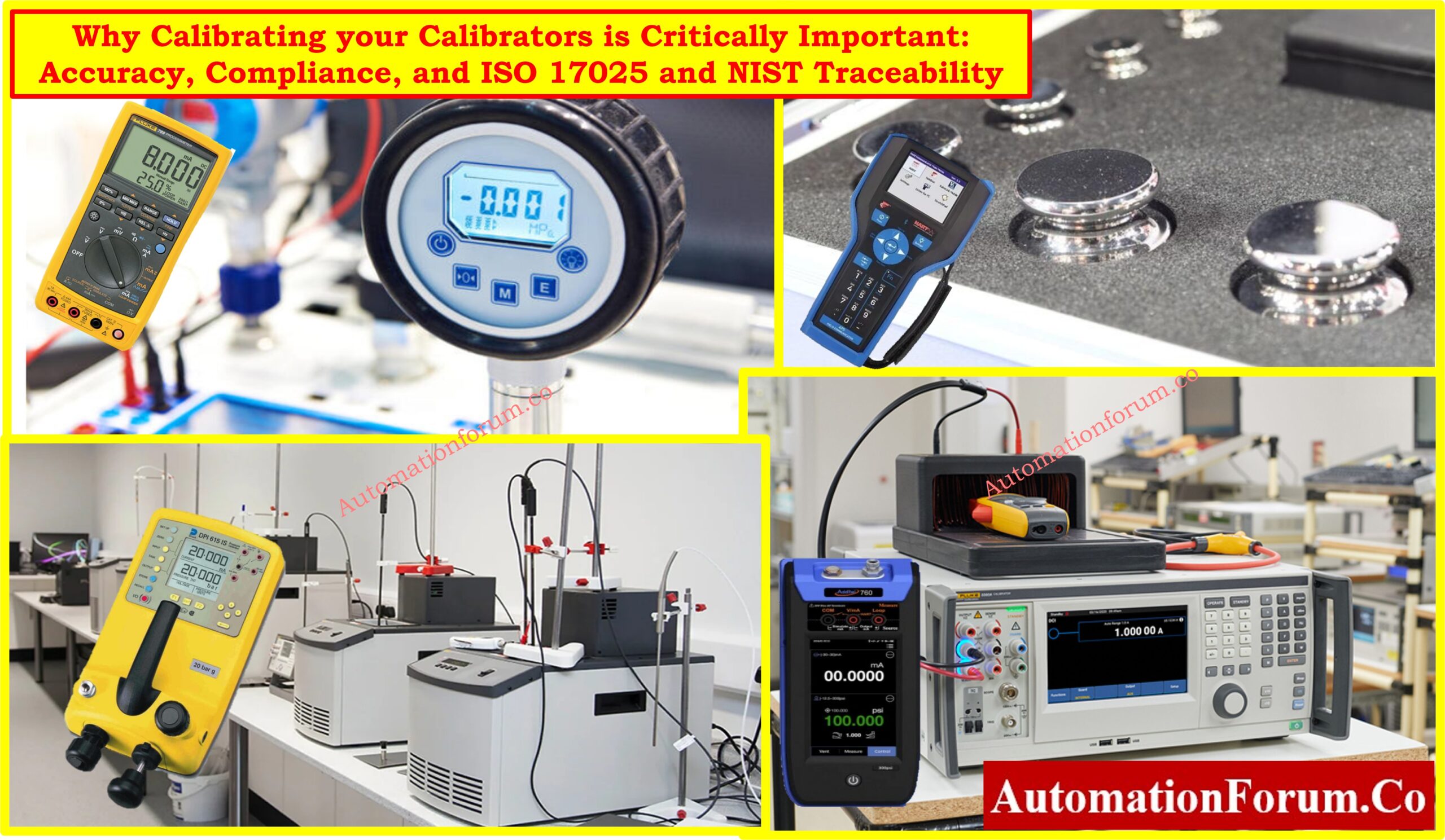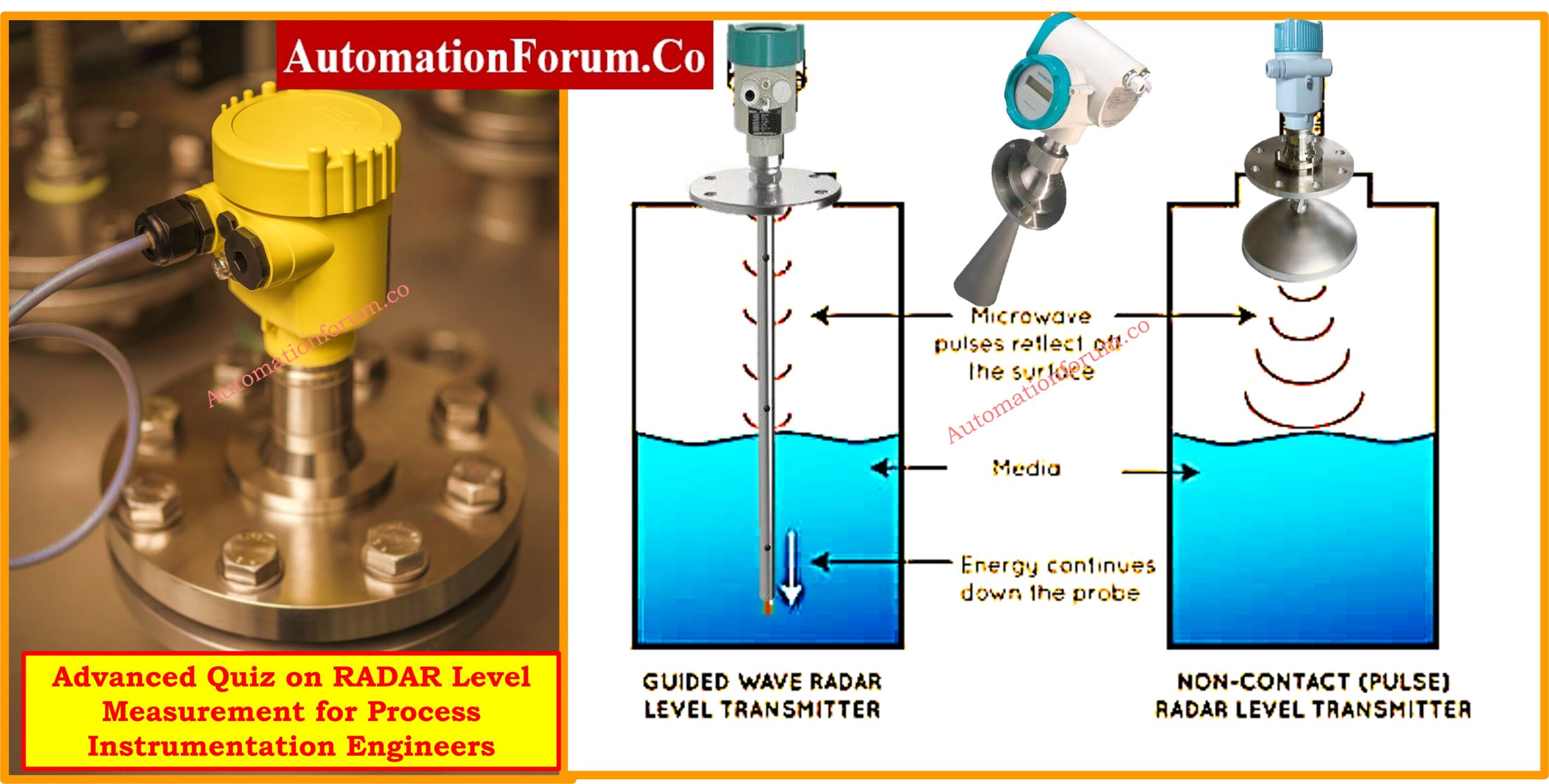- What are Emergency Shutdown (ESD) Valves?
- How Emergency Shutdown Works
- Types of Signals Used for Emergency Shutdown
- Pressure Signals
- Flow Rate Signals
- Temperature Signals
- Fire and Gas Detection Signals
- Manual Activation Signals
- Control System Inputs
- Safety Instrumented System (SIS) Inputs
- Remote Activation Signals
- Emergency Stop Signals
- Valve Actuation and Feedback
- What is the rule of thumb for valve closing time?
- Closure Time Requirements
- Valve Types and Shutdown Response
- Functional Safety and SIL Considerations
- Example: Understanding an ESD System from a Hardware Wiring Concept
- What is the critical time of closure of a valve?
- What is the response time for a shutdown valve?
- Test Your Expertise in Safety Instrumented Systems (SIS): Knowledge Quiz
In major industries like oil and gas, petrochemicals, and power production, emergency situations need for fast and dependable response systems to avoid disastrous failures, safeguard people, and reduce environmental harm. The Emergency Shutdown (ESD) valve system is among the most important elements guaranteeing operational safety. These valves are meant to stop the flow of dangerous chemicals during emergencies and separate process areas. The quality and variety of the signals that initiate the shutdown sequence have a significant impact on how successful ESD systems are.
The article analyzes the different signals utilized to trigger ESD valves in critical process processes and offers analysis of their interaction with plant safety systems.
What are Emergency Shutdown (ESD) Valves?

Installed in process lines, emergency shutdown valves (ESDVs) are automated valves meant to stop the flow of slurries, liquids, or gases under harmful conditions. Usually actuated pneumatically, hydraulically, or electrically, these valves are part of the safety instrumented system (SIS) of the plant. Their main function is to stop the development of dangerous situations, minimize equipment damage, and safeguard human life and the environment.
How Emergency Shutdown Works
An emergency shutdown mechanism depends on a planned sequence:
- Triggering Event Detection
Abnormal process parameters are detected by sensors and transmitters. - Signal Transmission
A signal goes to a Safety Instrumented System (SIS), Distributed Control System (DCS), or Programmable Logic Controller (PLC). - Logic Evaluation
The system logic assesses the incoming signal in relation to safety criteria. - Actuation Command
The ESD valve actuator is given an actuation command. - Valve Closure
The valve closes fast, isolating the line of operation. - Feedback & Confirmation
The valve position is verified, and the operators are notified.
Types of Signals Used for Emergency Shutdown
ESD systems use several input signals to detect potentially hazardous circumstances. Different instruments and control systems spread throughout the facility can generate these signals.
Pressure Signals
High and Low-Pressure Alarms
Almost every industrial process depends on pressure as a key factor. While low pressure can suggest a rupture or leak, too high pressure could suggest a blocked exit, equipment failure, or a runaway reaction.
- Devices Involved: Pressure Switches (PSH/PSL), Pressure Transmitters
- Usual Common configurations: PT to PLC/SIS 4-20 mA signal
- Shutdown Trigger: Pressure beyond set limits
These signals allow for quick process isolation before conditions get worse.
Flow Rate Signals
Abnormal Flow Detection
Unusual flow rates could indicate pump failures, leaks, or pipeline clogs.
- Devices Involved: Coriolis or ultrasonic flow meters, Flow Transmitters (FT)
- Watch real-time flow and report anomalies to the control system.
- Shutdown Trigger: Fall or increase in flow past permissible operational limitations
Flow irregularities are a primary sign of possible containment loss.
Temperature Signals
Over-Temperature Protection
Increased temperature could cause compromised product quality, equipment damage, or fire danger.
- Devices Included: RTDs, thermocouples, temperature transmitters (TT)
- Role: When the temperature beyond safe operating limits.
- Shutdown Trigger: Reaction out of control or process heating
The ESD takes control when the fundamental control system fails to keep the temperature under control.
Fire and Gas Detection Signals
Combustible or Toxic Gas Presence
Plant safety depends much on the Fire and Gas Detection System (FGDS).
- Devices Included: Smoke Detectors, Infrared Gas Detectors, Flame Detectors
- System Function: Find gas leaks or fire outbreaks
- Shutdown Trigger: Immediately sends a signal to the ESD system when it detects
Usually, such systems are hardwired for maximum dependability and least latency.
Manual Activation Signals
Emergency Push Buttons
Field staff or operators might see hazards not yet identified by instruments.
- Placement: Strategic areas all throughout the factory
- Function: Instant shutdown capability by personnel
When required, manual signals give a fail-safe mechanism and enable human involvement.
Yout Understand: Voting Logic in Safety Instrumented System
Control System Inputs
Automated Logic from PLC/DCS/SCADA
Modern control systems use logical principles to start shutdowns by use of several process parameters.
- Systems Involved: SCADA, Distributed Control Systems (DCS), PLCs
- Execute complicated logic depending on real-time data.
- Derived from several different sources, the shutdown trigger
If required, operators can also manually start shutdowns using control consoles.
Safety Instrumented System (SIS) Inputs
SIL-Rated System Activation
The SIS is a separate system monitoring the safety features of vital processes.
- Criteria: Follows IEC 61508 and IEC 61511
- Characteristics: Dedicated sensors and actuators, redundant logic solutions
- Shutdown Trigger: As per safety logic and risk assessment outcomes
Often, SIS signals are the most high integrity inputs to the ESD system.
Remote Activation Signals
Centralized and Decentralized Control Points
Control rooms, operator consoles, or distant stations can trigger remote ESD signals.
- Medium: Digital or hardwired communication
- Use Case: Situations where physical access is limited or postponed
- Greater flexibility and redundancy is an advantage.
This layer provides an additional layer of safety, particularly in facilities that are either big or hazardous.
Emergency Stop Signals
Plant-Wide Shutdown Capability
- Field stations, control rooms, machinery skids
- Integrated: Directly linked to ESD or machine control systems
- Shutdown Trigger: Emergency stop started by human
They are meant to be fail-safe and start instant action.
Valve Actuation and Feedback
A shutdown signal is sent to the valve actuator after it has been confirmed and accepted. The actuator swiftly closes the valve from an open posture. Common actuators are:
- Pneumatic Actuators (fast-acting)
- High torque hydraulic actuators
- Electric Actuators (slower, exact control)
Once closed, limit switches or position transmitters verify the valve position; a feedback signal is then delivered to the control system to validate.
What is the rule of thumb for valve closing time?
Closure Time Requirements
Process details and industry rules determine the needed closure time for an ESD valve.
General Guidelines:
- API RP 14C: Requires offshore platforms to shut down in no more than 45 seconds.
- Rule of Thumb: About one second per inch of valve bore size (for example, 8″ valve equals approximately 8 seconds closing time).
- Rapid shutdown is perfect but it must be balanced with surge pressure and mechanical limitations.
Valve Types and Shutdown Response
The shutdown speed and sealing efficiency of an ESD system are influenced by the kind of valve employed in it:
| Valve Type | Response Time | Typical Use |
| Ball Valve | Fastest | Preferred for most ESD applications |
| Gate Valve | Moderate | Suitable for high-pressure pipelines |
| Globe Valve | Slow | Less common in ESD, better for control |
| Butterfly Valve | Moderate | Used in large bore or low-pressure apps |
| Diaphragm/Plug Valve | Rare | Specialized applications only |
Because of their quick quarter-turn operation and great sealing qualities, ball valves are preferred.
Functional Safety and SIL Considerations
To provide sufficient risk reduction, ESD systems are assessed under Safety Integrity Levels (SIL). Based on IEC 61508/61511:
- SIL 1–4: Defines required safety performance
- Higher SIL: Increases the need for diagnostics, redundancy, and reliability requirements
SIL-rated systems include redundant sensors, voting logic (e.g., 2oo3), and fault tolerance to guarantee availability and decrease false trips.
Refer the link for Designing 2 out of 3 Voting Logic in Control Systems: A Step-by-Step PLC Ladder Diagram Tutorial with Video
Example: Understanding an ESD System from a Hardware Wiring Concept

The above dissipated drawing shows a typical layout of an Emergency Shutdown (ESD) system and its integration into a more general control and safety infrastructure in a hazardous area (Zone 2) industrial environment.
Click on the link for Designing 2 out of 4 Voting Logic in Control Systems: A Step-by-Step PLC Ladder Diagram Tutorial with Video
The ESD Cabinet, which interacts with several field instruments and control components to execute vital shutdown functions, lies at the heart of the system. Pressure, temperature, or flow are among the sensor data sent by AI (Analog Input) and DI (Digital Input) splitters, which gather input signals. Usually from 2-wire or 4-wire HART transmitters, these inputs are common since they are frequently used for their diagnostic features.
You must read: Implementing a Solenoid Operated Valve for Emergency Shutdown

The ESD Cabinet’s control signals are then sent to solenoid valves either directly powered (EEx me type) or indirectly powered via Ex nL configurations. These solenoids drive the Emergency Shutdown Valves. Valve positions are verified using NAMUR failsafe feedback signals, which also guarantee the success of the shutdown action.
Refer the below link to Understand 2 out of 2 SOV: Working & Configuration
Redundant and predictable data transfer is done via communication protocols as Foundation Fieldbus, Profibus DP, and Modbus, hence improving reliability in the system.
This hardware configuration demonstrates how physically wired and conceptually integrated various signals both field and control create a strong and responsive ESD system able to quickly isolate during abnormal conditions.
The signals it gets and the logic that interprets them determine how well an Emergency Shutdown Valve system works. Plant operators can make sure that ESD systems react fast and correctly to developing threats by including a broad spectrum of input signals from pressure and temperature to fire and manual triggers.
Critical processes depend on the correct combination of signal sources, control logic, valve types, and actuation techniques. A multi-signal, SIL-compliant strategy not only improves system dependability and safety but also provides operational flexibility and confidence in efficiently handling crises.
What is the critical time of closure of a valve?
The critical time of valve closure, tc=2L/C?, depends on pipe length L and fluid sound velocity c. If a valve closes faster than tc?, a pressure surge occurs, and the maximum pressure difference downstream equals the product of fluid density ?, velocity v, and c.
What is the response time for a shutdown valve?
Shutdown Valve Response Time: Shutdown valve response time typically follows a rule of thumb: one second per inch of valve size for closing, and five seconds per inch for opening.
These timings depend on valve design and application, and may vary based on specific process requirements or manufacturer specifications.
Test Your Expertise in Safety Instrumented Systems (SIS): Knowledge Quiz
Refer the below link to Test Your Expertise in Safety Instrumented Systems (SIS)





